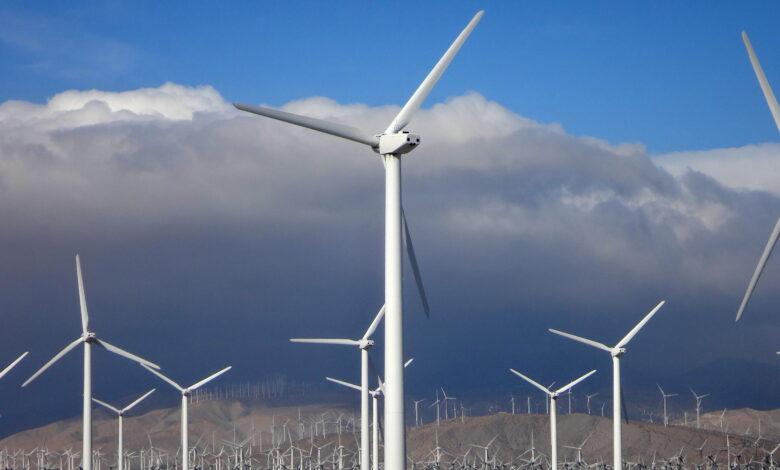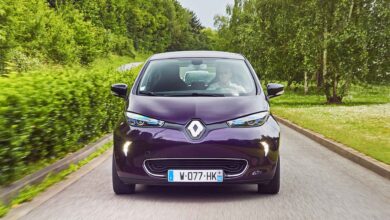How much Energy does a Wind Turbine Produce?

As the world transitions towards more sustainable and eco-friendly energy sources, wind energy has emerged as a prominent player in the renewable energy landscape. Wind turbines, with their towering presence on landscapes and coastlines, harness the kinetic energy of the wind to generate electricity. In this article, we delve into the intricacies of wind energy production, exploring how much energy a wind turbine can produce and the factors influencing this production.
Harnessing the Power of Wind
Wind energy is a form of renewable energy derived from the movement of air masses caused by the uneven heating of the Earth’s surface by the sun. Wind turbines are designed to convert the kinetic energy of wind into mechanical energy, which is then transformed into electrical energy. These turbines consist of large rotor blades connected to a hub, which is in turn connected to a generator. As wind blows, it causes the rotor blades to spin, driving the generator and producing electricity.
Factors Influencing Wind Energy Production
1. Wind Speed: Wind speed is a critical factor determining the amount of energy a wind turbine can produce. The power in the wind is proportional to the cube of the wind speed, which means that even a small increase in wind speed can lead to a substantial increase in power output. Turbines have a “cut-in” wind speed (typically around 3-4 m/s) below which they don’t produce power, a rated wind speed at which they produce their maximum rated power, and a “cut-out” wind speed (around 25 m/s) beyond which they shut down to prevent damage.
2. Rotor Size and Design: The size and design of the rotor blades play a significant role in energy production. Larger rotor blades capture more wind energy, enabling turbines to generate higher amounts of electricity. The shape and design of the blades also impact their efficiency in different wind conditions.
3. Turbine Height: Wind speed tends to increase with altitude due to reduced ground friction. Taller wind turbines can access higher and more consistent wind speeds, enhancing their energy production potential. However, taller turbines also pose engineering and logistical challenges.
4. Location: The geographical location of a wind turbine greatly affects its energy production. Coastal and elevated areas tend to experience stronger and more consistent winds, making them ideal locations for wind farms. Factors like terrain, nearby obstacles, and local wind patterns can also impact energy production.
5. Efficiency of the Generator: The efficiency of the generator in converting mechanical energy into electrical energy influences the overall energy output of a wind turbine. Advancements in generator technology have led to improved conversion efficiency.
Calculating Wind Turbine Energy Production
The energy production of a wind turbine is quantified in kilowatt-hours (kWh). The formula for calculating the energy produced by a wind turbine is:
Energy (kWh) = 0.5 x A x Cp x ρ x V³
Where:
- A is the rotor-swept area (the area covered by the spinning blades).
- Cp is the coefficient of performance, representing the efficiency of the turbine in converting wind power into mechanical power. It ranges from 0 to 1.
- ρ is the air density.
- V is the wind speed.
Wind Energy Capacity and Output
Wind turbines are typically categorized by their capacity, which refers to the maximum amount of power they can generate under optimal conditions. Common capacities range from a few hundred kilowatts to several megawatts per turbine. However, it’s important to note that a wind turbine’s actual output can vary widely based on the factors mentioned earlier.
Conclusion
Wind energy is a dynamic and sustainable source of electricity that holds immense potential in the global shift towards cleaner energy production. Wind turbines, with their ability to convert wind’s kinetic energy into electrical power, play a pivotal role in this endeavor. Understanding the factors influencing wind energy production and the calculations involved is crucial for optimizing the design, placement, and operation of wind turbines to harness their maximum energy production capabilities. As technology continues to advance, it’s likely that wind energy will play an increasingly significant role in shaping the future of energy production and environmental conservation.



